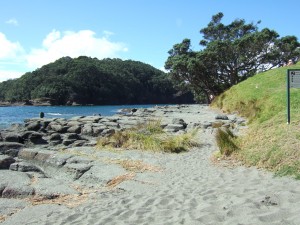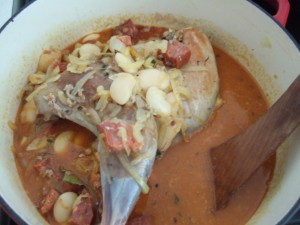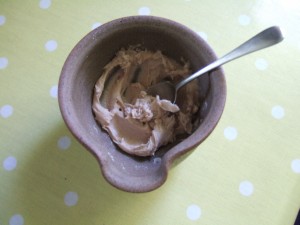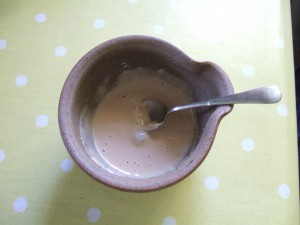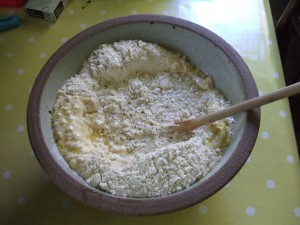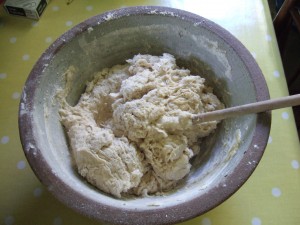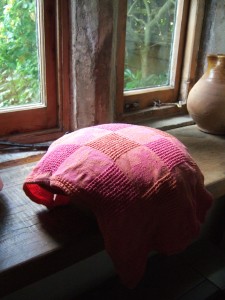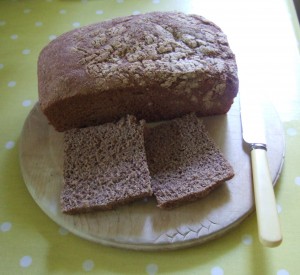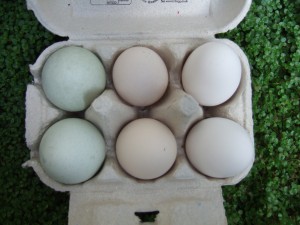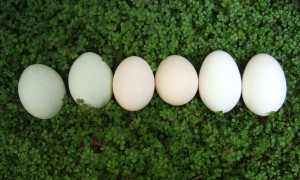As it is a blazing hot day, yet again, I thought a cooling drink might be in order … Be warned, it is boozy. Very boozy.
In 2008 Chap and I had a wonderful six-week holiday in New Zealand. We stayed with my family in Wellington, and then did a tour around North Island in a campervan (nicknamed The Nostromo by us).
We both adore swimming and snorkelling, so a visit to the marine reserve at Goat Island (properly titled the Cape Rodney-Okakari Point Marine Reserve) was a must.
There is a lovely camping spot nearby, and we spent a couple of days there. The weather was not too clement, and the sea was very choppy and visibility was not too good, and on top of that the fish stayed away. One evening during that stay we walked from the campsite to a great restaurant: Leigh Sawmill Cafe. Before the meal I had the most moreish aperitif, Goat Island Iced Tea, a cocktail made with five (!) white spirits: vermouth, gin, white rum, tequila and Cointreau, topped up with ginger ale. The food was delicious, and the wine list introduced us to Hyperion Syrah (we liked it so much we later visited the vineyard at Matakana and bought a couple of cases). Needless to say, we staggered back to the campsite—luckily most of it was downhill.
We loved Goat Island so much that we visited again during our trip, and stayed at the same campsite. The sun shone for us on our second visit, and the snorkelling was amazing. As there is no fishing allowed in the area—commercial or of any kind at all—the fish are incredibly numerous, both in species and numbers. They are also bold and unafraid. We swam with groupers and rays and blue mau mau (also called blue cod, Parapercis colias). We dined and drank again at the Sawmill. Again, I had the Goat Island Iced Tea. Again, we rolled home. Happy days.
I tried to get the recipe from the barman but quite understandably he wasn’t about to give away his trade secrets. I knew the ingredients from the description in the wine list, so I decided to try to recreate it back in Blighty. This isn’t a bad approximation:
Goat Island Iced Tea
50 ml vermouth
50 ml gin
50 ml white rum (such as Bacardi)
50 ml tequila
50 ml Cointreau
50 ml fresh lime juice or a good glug of lime cordial (I like Rose’s)
500 ml dry ginger ale (not ginger beer—that makes the drink too sweet)
Mix in a jug. Serve in tall glasses with lots of ice. I bung in some lime wedges and/or mint leaves too. Enjoy!
